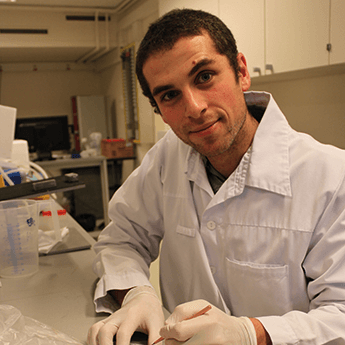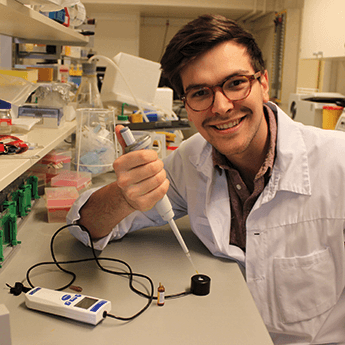
SK: I aim to be a professor and principal investigator with a small, high-quality research group and international collaborations. BS: In 10 years, I hope to have evolved in combining my research and technical abilities with my passion for the medical profession. I want to continue in the field of ophthalmology, and to be in the operating room helping patients recover their vision using methods to which I have contributed through research. RW: That’s a tough question to answer, as I’m still in my medical studies. Both the clinic and the research draw me towards ophthalmology – so ideally, I would love to combine the two. DT: I am currently in the fourth year of my residency, so I will have to work for a few more years to become a fully trained ophthalmologist. In 10 years, I hope to be working in a university hospital facility, with a position that allows me to see patients as well as to continue doing clinical and fundamental research in ophthalmology.
- We asked: what motivates young scientists and physicians to undertake a career that involves vision research?
- We interviewed four researchers in Farhad Hafezi’s research group at the University of Geneva
- They speak about the importance of their research (into corneal collagen crosslinking), and what impact it has on the clinic
- The researchers voice their career ambitions, telling us where they want to be in a decade’s time
There’s likely a very good reason why you’re reading an article in a magazine called The Ophthalmologist. At some point in your medical, academic or business career, you made a decision to work in a field that improves people’s eye health; an understandable move –restoring any amount of vision to an individual can profoundly improve their quality of life, not to mention the pharmacoeconomic and societal benefits. But not everyone reading will have decided to pursue a career path that involves vision research. We wanted to know what drives young, up-and-coming physicians and scientists at the cutting-edge. Here, four members of Farhad Hafezi’s research group at the University of Geneva share their motivations and aspirations.
Why did you choose ophthalmology over any other field?
Sabine Kling: I’ve always been interested in both physics and medicine. In ophthalmology, I found a very interesting combination of these two fields. Physics is integral as the eye forms a natural optical system, but biomechanical properties determine the geometry of these optical components, especially the cornea and the crystalline lens. Physical systems are also required to correct refractive problems (for instance by laser ablation) and to facilitate the diagnosis of other ocular pathologies (for instance with the use of topographers and tonometers). Basile Salmon: What attracted me most to ophthalmology was the fact that it is one of very few specialties that combine very precise and delicate surgery with a wide array of research fields. As my initial training was in engineering, research is still a part of my nature and I consider it vital that I work in a field where I can put this inclination to use.Raphaël Wuarin: The eye has always fascinated me. It’s truly amazing what this small organ is capable of. We Swiss like our watches, and the more complicated they are, the better. As far as bodily organs go, the eye is definitely “haute horlogerie.” Its complexity is astonishing, and its role is very precious. David Tabibian: More than any other specialty, ophthalmology touches many different aspects of the medical field, and that makes it a complete and very interesting specialty from my point of view. Physicians have daily contact with patients, which helps develop their social skills, improving not only patient comfort, but also treatment adhesion and clinical outcomes. It’s also a highly specialized field with different subspecialties. I like the fact that, although you have to learn highly specific pathologies, you also regularly have to refer to other fields in medicine to take care of patients with systemic or complex diseases. Ophthalmology is a very active specialty in fundamental and clinical research – I’m very enthusiastic about ophthalmology research, especially as I’ll certainly witness new discoveries in the coming years that will change and improve patient care and modify my daily practice.
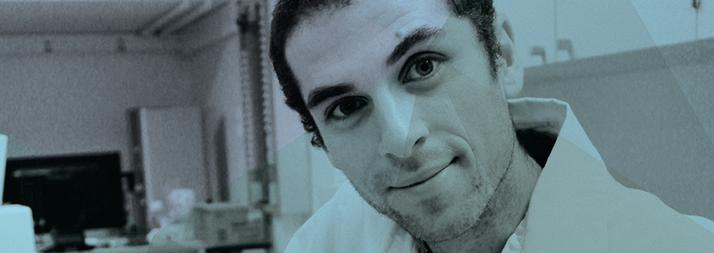
Why did you choose corneal cross-linking (CXL) research?
SK: Because it’s an ideal method of increasing the stiffness of the corneal tissue without damaging it. CXL helps to develop realistic new techniques for the in vivo measurement of biomechanical properties, which are essential for evaluating the corneal response to refractive surgery or the progression of certain pathologies (such as keratoconus). I’m also interested in understanding the working principle behind CXL to improve treatment efficacy. BS: I was mainly attracted to the technical aspects of CXL. I see it as the perfect intersection of engineering and medicine, which is exactly where I find myself today. RW: As a student, I feel lucky to be working in CXL research. It is a cutting-edge medical treatment with direct clinical impact. I’m amazed to see what research has done to push CXL’s potential forward – it started off as a treatment for keratoconus, and we are now discovering the many other clinical applications it holds. DT: At the beginning of my training, Farhad Hafezi introduced me to the technique. After a few weeks, we were already discussing the potential improvements our team could bring to the field, as well as the new applications of CXL to treat other diseases like corneal infections. I soon decided to start some clinical and fundamental research on the subject. Initially, I was working on it after my clinical duties – but later on I decided to devote a whole year to our CXL projects.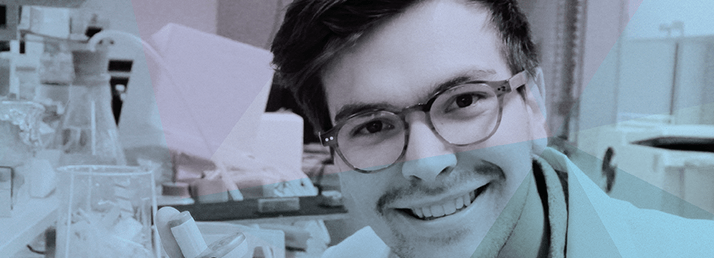
How does your research relate to clinical ophthalmology?
SK: My research aims at developing systems to measure corneal biomechanical properties in vivo, improving CXL efficacy to reduce the current treatment duration, making CXL applicable to a wider range of patients, and performing simulations to predict patients’ individual responses to refractive surgery or CXL treatment. BS: The process I was involved in aims to bring CXL treatments outside operating theatres, giving more people the access to PACK-CXL. It truly is delivering a game-changing treatment for keratitis in regions of the world where sterile environments are not widely available.RW: My research has focused on better defining PACK-CXL protocols in human and animal corneas. Veterinary ophthalmologists want to know how to adapt the protocols to their patient populations, and researchers are interested in knowing whether results obtained with animal corneal models also apply to the human cornea. DT: I’m currently working on PACK-CXL. We use CXL technology not to treat corneal ectatic disorders, such as keratoconus, but to heal corneal infections by killing bacteria and fungi. We see in our clinics that the research we’re currently doing directly benefits our patients – and that’s a very motivating outcome.

Where do you see yourself in 10 years?
SK: I aim to be a professor and principal investigator with a small, high-quality research group and international collaborations. BS: In 10 years, I hope to have evolved in combining my research and technical abilities with my passion for the medical profession. I want to continue in the field of ophthalmology, and to be in the operating room helping patients recover their vision using methods to which I have contributed through research. RW: That’s a tough question to answer, as I’m still in my medical studies. Both the clinic and the research draw me towards ophthalmology – so ideally, I would love to combine the two. DT: I am currently in the fourth year of my residency, so I will have to work for a few more years to become a fully trained ophthalmologist. In 10 years, I hope to be working in a university hospital facility, with a position that allows me to see patients as well as to continue doing clinical and fundamental research in ophthalmology.- Sabine Kling is a postdoctoral fellow at the University of Geneva, Geneva, Switzerland.
- David Tabibian is a resident physician in the Ophthalmology Department of the University Hospital of Geneva.
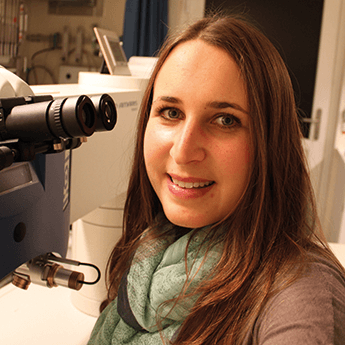
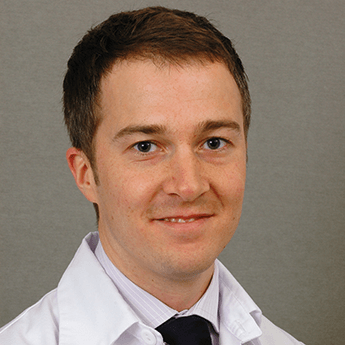
- Basile Salmon (left) and Raphaël Wuarin (right) are both medical students at University of Geneva.
